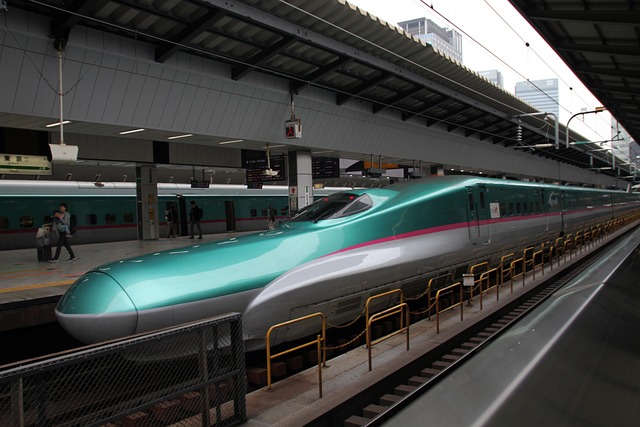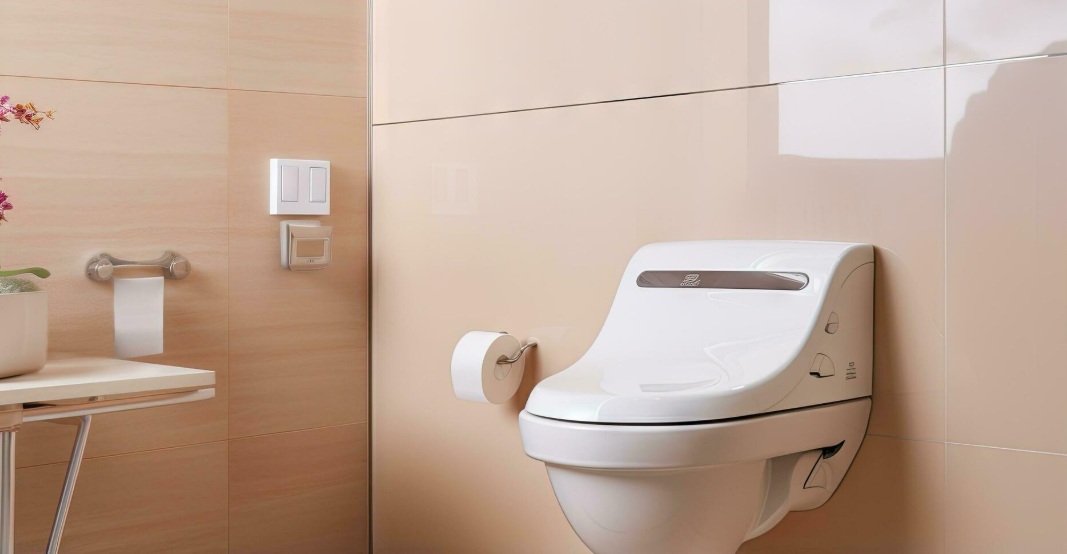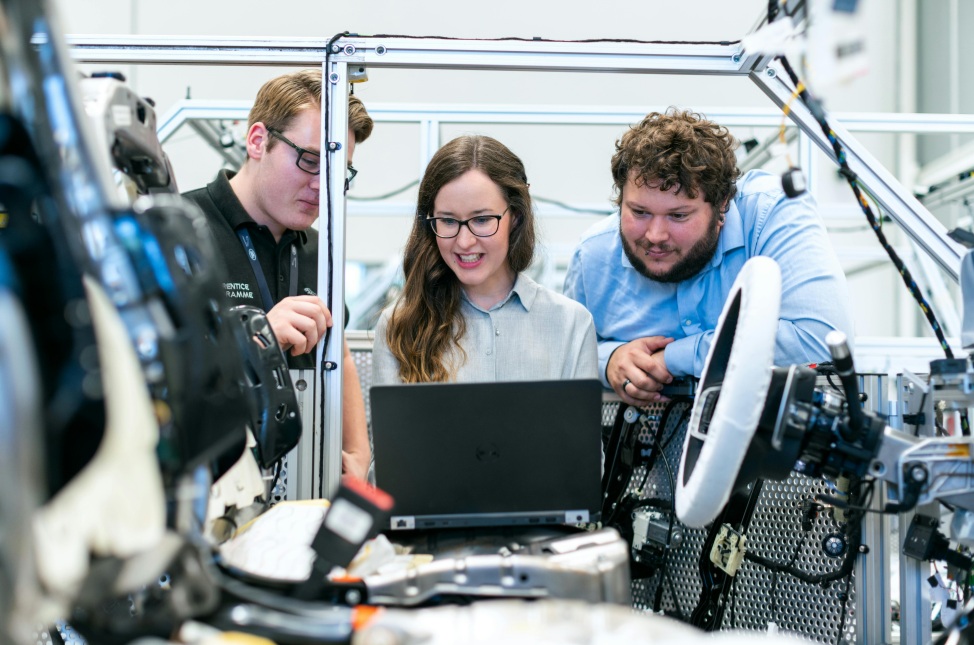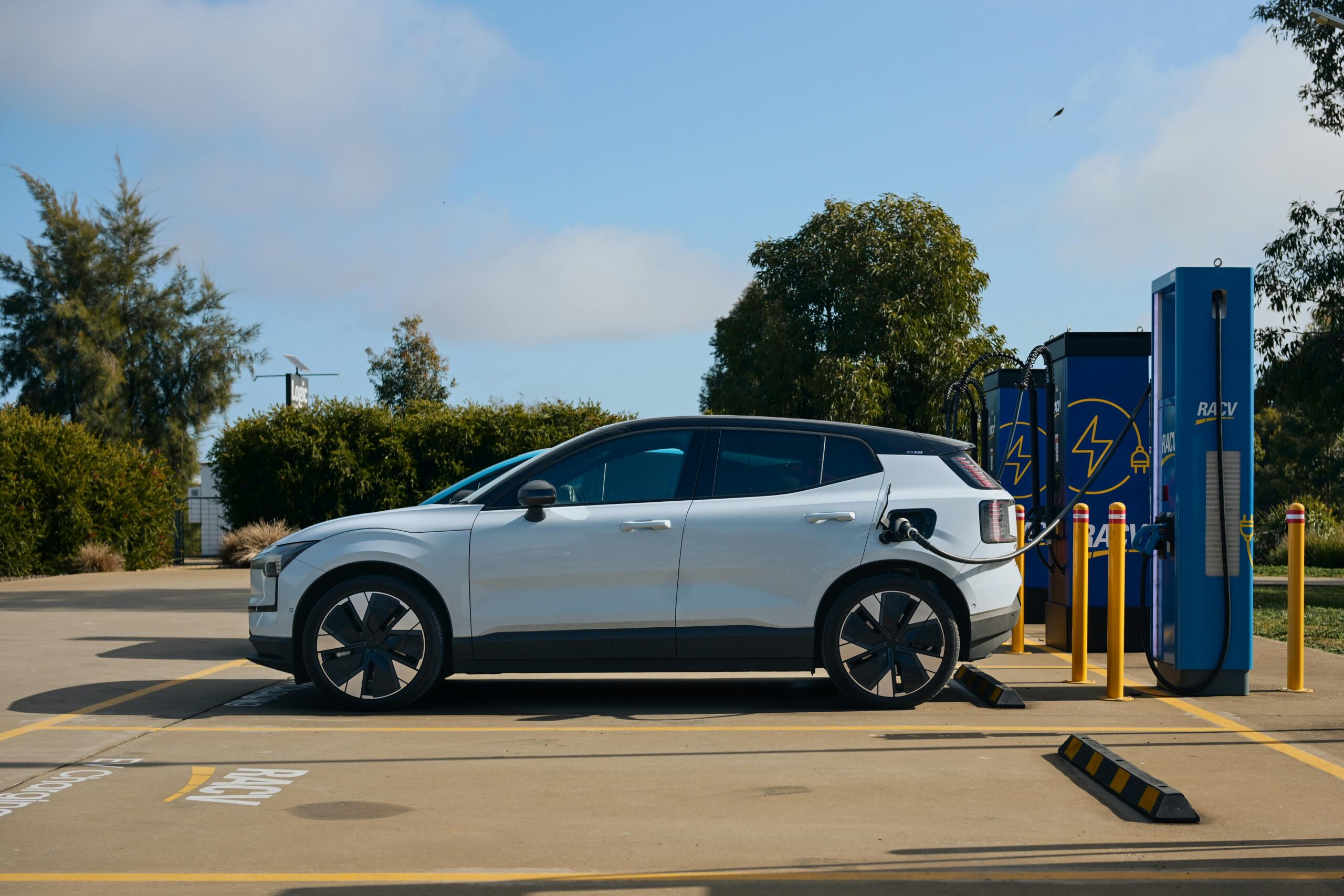Japan, the Land of the Rising Sun, is often seen as a window into the future. With its blend of cutting-edge technology, cultural innovation, and futuristic infrastructure, it often seems as though Japan operates decades ahead of the rest of the world. In this comprehensive article, we explore 10 things that clearly demonstrate why Japan appears to be living in 2050 while the rest of the world lags behind.
These insights are supported with semantic keywords related to Japan technology, futuristic Japan, innovation, automation, smart living, robotics, AI, urban planning, and more — all designed to enhance search engine visibility and attract high-paying CPC traffic.

Japan has seamlessly integrated robots into daily life, making it feel as though the country is operating years ahead of everyone else. From robot receptionists in hotels, AI-driven concierges, to robotic assistants in elderly care homes, the Japanese have normalized the presence of robots. Companies like SoftBank Robotics and Honda lead the charge with robots like Pepper and ASIMO.
Even in restaurants, robots serve food, clean tables, and interact with customers. The rest of the world is still talking about AI automation; Japan is living it.

The Shinkansen, Japan’s high-speed bullet train, has been operating for decades but continues to evolve. These trains reach speeds up to 320 km/h (200 mph) and offer unmatched punctuality, safety, and comfort. By 2050, other countries may catch up, but in Japan, the future has been the norm since the 1960s.
Japan is also developing maglev (magnetic levitation) trains, which promise speeds of over 600 km/h, reducing travel time dramatically between major cities. No country in the world has matched Japan’s railway precision and technology.

While many nations are still transitioning from cash to cards, Japan is advancing towards a fully cashless society. Payment systems like Suica, Pasmo, Rakuten Pay, and QR codes integrated with smartphones are common. You can buy coffee, catch a train, or shop using just your phone or smartwatch. Even vending machines accept digital payments.
The ease and security of these transactions highlight Japan’s forward-thinking approach to digital economy infrastructure.

One of the most futuristic everyday items in Japan is the smart toilet. Equipped with AI sensors, heated seats, automatic lid functions, deodorizing features, and even health monitoring capabilities, these toilets are lightyears ahead of what’s found in most of the world.
Japanese companies like TOTO have redefined bathroom technology, integrating features that cater to hygiene, comfort, and sustainability.

Japan boasts more than 4 million vending machines offering far more than just snacks and drinks. These machines provide everything from hot meals, umbrellas, t-shirts, electronics, books, to fresh produce. Some even have AI facial recognition for age-restricted products and offer contactless transactions.
Their advanced inventory systems and restocking algorithms make these machines highly efficient, embodying the concept of convenience redefined.
Semantic Keywords: Japan vending machines, smart vending machines, automated retail, AI retail technology.

Cities like Tokyo and Osaka showcase futuristic urban landscapes with ultra-modern skyscrapers, earthquake-resistant buildings, and smart infrastructure systems. Elevated highways, robotic parking garages, and integrated green technology solutions make Japan’s cities feel ahead of their time.
Urban planning in Japan balances technology, aesthetics, and environmental sustainability in ways that most countries are still only theorizing about.

From automated convenience stores with no staff to AI-driven manufacturing plants, Japan leads in automation technology. Major retailers like FamilyMart are rolling out stores where customers scan their own items, and payments happen through facial recognition or mobile apps.
In manufacturing, companies like Toyota and Sony leverage robotics and AI to automate even the most intricate production processes, boosting efficiency and precision beyond global standards.

Japan faces an aging population challenge and has responded with AI and robotic healthcare innovations. Hospitals use robots for surgery assistance, patient mobility, and even companionship for mental health.
Wearable tech tracks health metrics in real-time, sharing data directly with doctors via secure AI networks. This proactive approach helps prevent health issues before they become serious, truly futuristic healthcare in action.

Japan integrates sustainability with technology. From eco-cities powered by renewable energy, electric vehicles, to vertical farming and zero-emission buildings, Japan leads in green innovation.
Notably, the Fujisawa Sustainable Smart Town is a blueprint for future urban living, blending smart homes, renewable energy, AI management systems, and EV infrastructure into daily life.

While other societies may resist rapid tech adoption, Japan’s culture is deeply intertwined with embracing futuristic innovations. From virtual influencers, holographic concerts, to AI-powered dating apps, the integration of tech into daily life faces little resistance.
The Japanese populace respects the harmony of tradition with cutting-edge technology, creating an ecosystem where new advancements are welcomed, not feared.






Be First to Comment